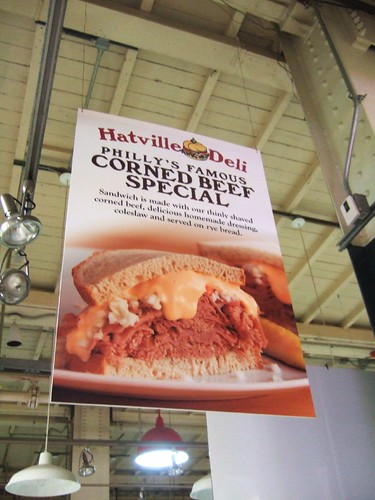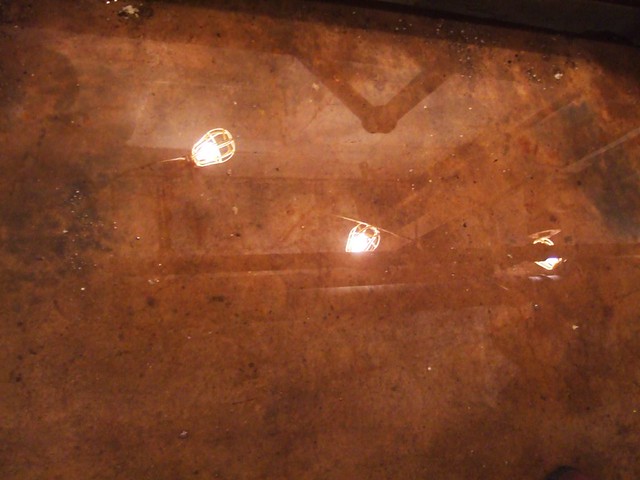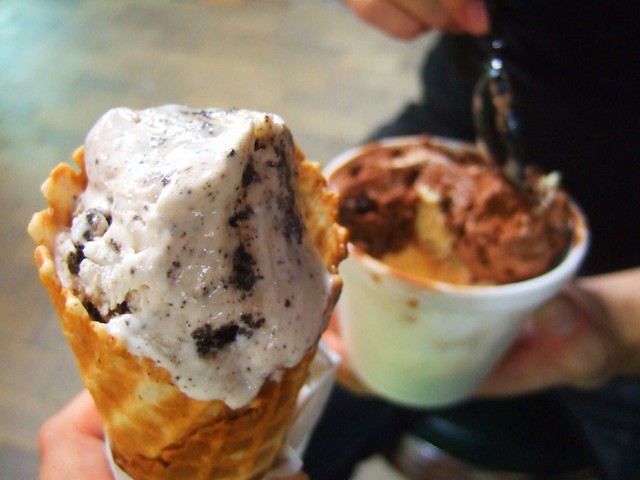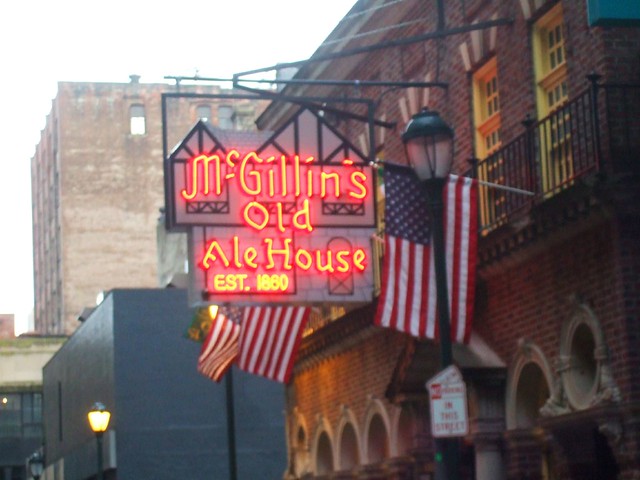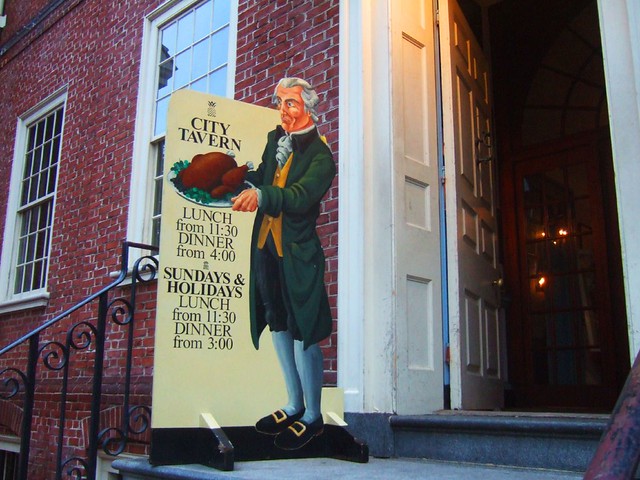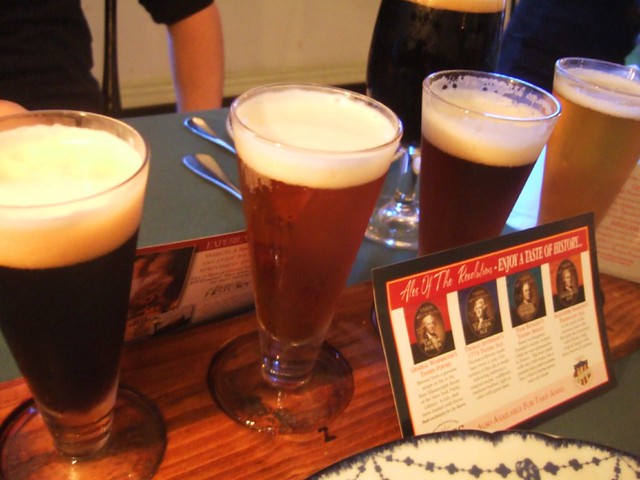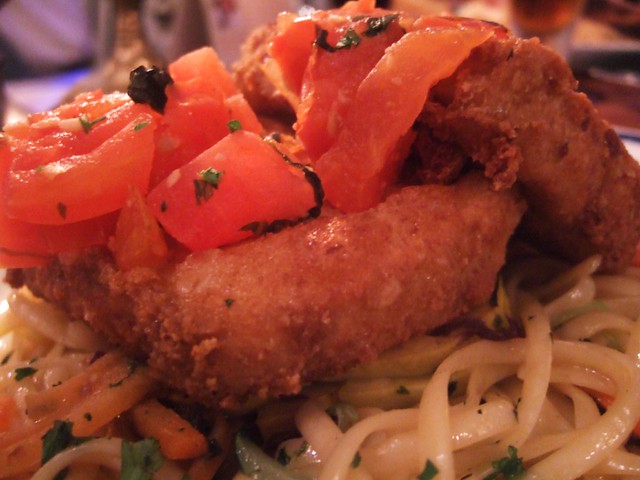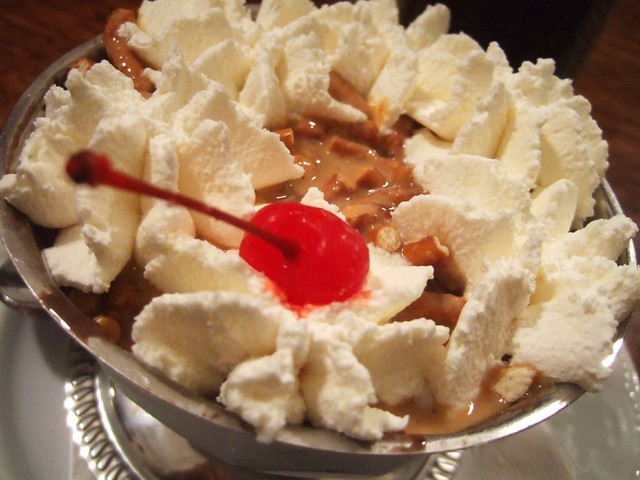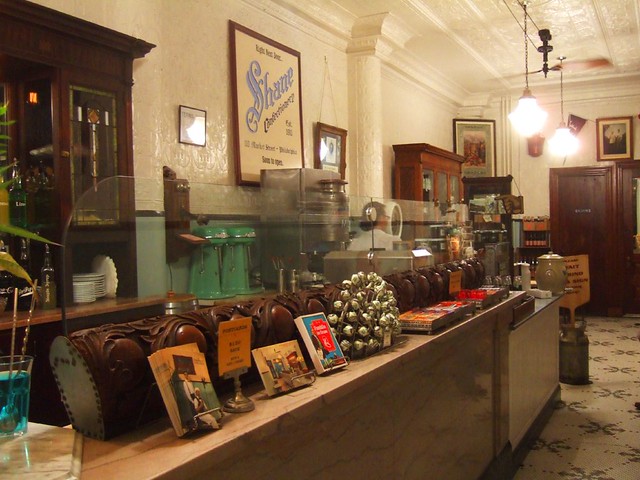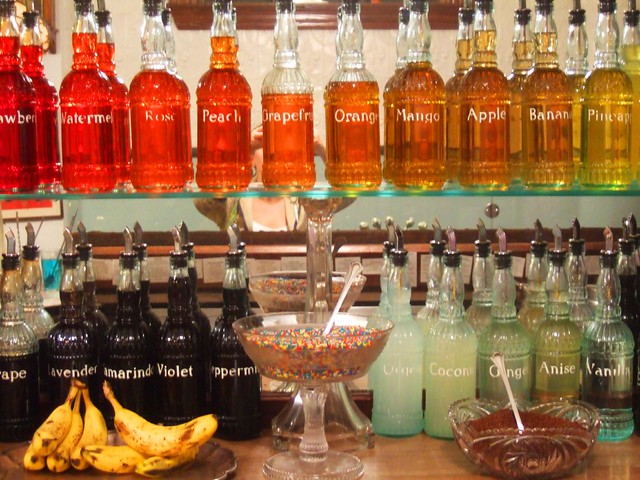Muesli. Ewwsli.
Today I moved from 1910 to 1945, the year that the first cookbook to use the word “vegan” was published: Vegan Recipes. This book is tremendously hard to find; in the day and age of the Internet, one thinks anything can be found online. Google books: nothing. New York Public Library archives: the books was stolen in 1952. Vegan Recipes to not seem to exists in a hard copy or otherwise anywhere in America. Eventually, I had to write London, where the book was originally published, and after some rigmarole I tracked down a copy. I’m hoping that one day soon the book will be available online, as it is such an important work in terms of culinary history.
The author, Ms. Fay K. Henderson, write an introduction to veganism that focuses less on the threat of disease and more about “being healthy.” She moves to the more familiar ground of moral and ethical considerations, and uses a lot of words like “wholesome,” when describing what she calls “The Vegan Way of Life.” I had been looking forward to cooking from her book; the recipes seemed more like real dishes, with layers of flavor. Breakfast, however, was a disaster.
I decided to make muesli. According to Henderson, “This raw diet dish originated by Dr. Bircher-Benner and recommended for breakfast use. It consists of whole cereals (crushed or flaked) which have been soaked fro 12 hours in water to which has been added some sweetening and a little lemon juice, when available.” I used something slightly better than water, that Henderson recommended, called Apple Broth: the peels and cores of apples, simmered gently in water. The result is a pale pink, slightly sweet broth with a distinct apple taste. Interesting idea.
I soaked some rolled outs, added some dried fruit, and shoved a heaping spoonful into my maw. Disgusting. Cold. Gooshy. Miserable. A fairly sad way to start my day. I ate out the fruit and dumped the rest.
I spent most of Thursday running: work in the morning, a meeting in the afternoon, a lecture in the evening. In between, I ducked into a coffee shop to finish writing my talk, and I realized I needed to eat something. I perused the cafe’s sandwich list and approached the register.
“Okay, give me an ice tea and a veggies sandwich.” The barista typed in my order.
“No! Wait…it’s got cream cheese. Okay, give me a peanut butter, banana, and honey sandwich.” Type, type, type.
“No! Wait! No Honey! Can I get it with no honey? No Honey! ,I uuuh…forgot I was vegan.”
She must have thought I was crazy. I apologized profusely, and ended up with a peanut butter and banana sandwich with blueberry compote. Really tasty.
Afterwards, I swung by home to make some cookies for the lecture I was giving in the evening, a talk at the Brooklyn Historical Society about using historic recipes to inspire contemporary cooking. The cookies were a new recipe I was testing, and they were packed full of butter. But I needed to try one to make sure it tasted right. Butter, right into my mouth.
Post lecture I needed a quick, hot meal–I was starving. And I also needed to feel better about myself and all my vegan failings. I pulled up Henderson’s recipes for Bachelor Dish:
***
Bachelor Dish
4 medium potatoes
4 medium carrots
1 leek
Or any other assortment of root vegetable, chopped.
1 tablespoon Soy Sauce
1 tablespoon Unsweetened Peanut Butter
Fresh parsley, to taste
Salt & Pepper, to taste.
1. Fill a pot with two cups of water and a little salt. Add vegetables, cover, and boil about 10 minutes or until tender.
2. Drain liquid and add soy sauce, pepper, and parsley. Still until parsley is just wilted. Add peanut butter; stir until peanut butter is melted and vegetables are evenly covered with sauce. Serve with fake meat and more soy sauce, if desired.
***
 The original recipe calls for “Vessop,” which after some googling, I found was often used as a substitute for soy sauce. “Tinned nut meat” could have been Protose or Nuttolene, Dr. Kellogg creations sold by Kraft, or any number of their veggie meat product spin-offs. I chose the modern version, soy-based “cutlets.”
The original recipe calls for “Vessop,” which after some googling, I found was often used as a substitute for soy sauce. “Tinned nut meat” could have been Protose or Nuttolene, Dr. Kellogg creations sold by Kraft, or any number of their veggie meat product spin-offs. I chose the modern version, soy-based “cutlets.”
Dinner was excellent. Smelled amazing while it cooked, tasted even better on my plate. It was super quick to prepare and the simple, peanut and soy sauce was perfect. Exactly what I wanted at the end of a long day. My boyfriend and I both agreed we would make it again–although probably with real chicken
Bachelor Dish – quick boiled veggies in a peanut sauce with a bit of “tinned nut meat.” A wonderful dinner!
Today was hard; this has been the most difficult diet to stick to. Not out of hunger, or out of a craving for other foods, but it is incredibly difficult to seek out foods that don’t have animal products in them. I’m developing a sympathy for people who have chosen this way of life; it’s exceptionally hard to maintain.











